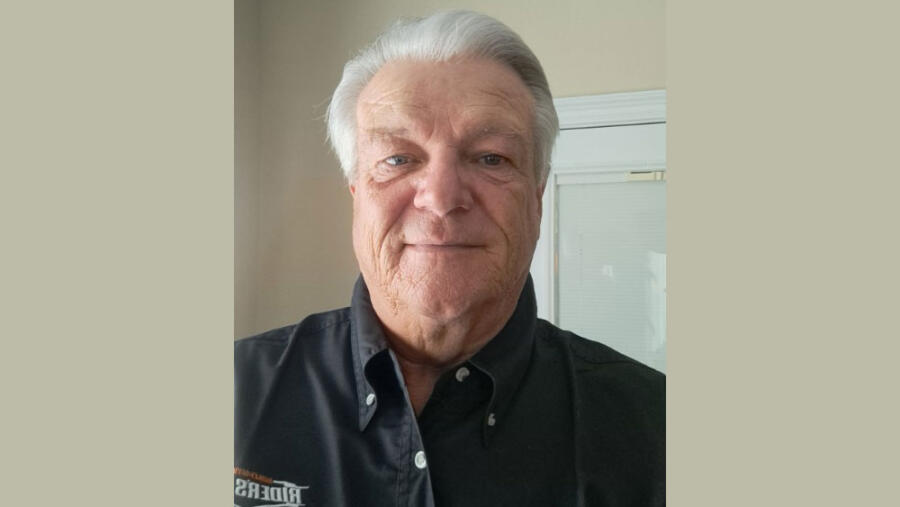A case left unsolved is more than paperwork—it’s a haunting echo of injustice. When leads dry up and suspects fade into obscurity, cold case detectives step in. They are the relentless guardians of truth, chasing justice long after others have moved on. For these professionals, a case isn’t just cold—it’s waiting.
Why Cold Cases Matter
Most crimes are cracked within the first year. That’s when evidence is fresh, memories are sharp, and leads are hot. But when time passes without progress, a case turns cold. That doesn’t mean the crime is forgotten—it means it demands a different kind of warrior.
Cold case detectives aren’t just revisiting history—they’re rewriting it. They fight for victims who can’t speak and for families who can’t forget. And with today’s technology, they have more tools than ever before.
Reopening the Past with Precision
In 2014, Cobb County’s District Attorney in Georgia took a bold step. They launched a cold case unit, aiming to revive long-forgotten crimes. At the helm was Detective John Dawes—a seasoned investigator known for his persistence.
His team wasn’t made of rookies. Former law enforcement officers came together with one goal: bring justice to the shadows. Armed with old files and new tools, they revisited scenes, rechecked witnesses, and reanalyzed evidence with today’s forensic standards.
Their hard work paid off. One breakthrough involved the 2000 murder of Rodney Castlin—a case once lost to time. Thanks to modern methods and relentless pursuit, the truth surfaced.
Time: The Real Enemy
Unlike fresh homicides, cold cases are slow burns. Detectives spend hours—sometimes months—immersed in old records, photos, and reports. And just when they start to make progress, a new case might take priority, putting everything on pause.
“It’s like reading a novel, putting it down for a year, and expecting to jump back in at chapter twelve,” says Dawes. “Every restart means re-learning every single detail.”
This stop-start rhythm can be frustrating. But it also builds resilience and sharpens attention to detail—two qualities no cold case detective can go without.
Modern Forensics: Yesterday’s Evidence, Today’s Breakthroughs
When Dawes began investigating in the 1980s, DNA analysis was a dream. Today, it’s the backbone of many cold case breakthroughs. Thanks to early training, officers preserved biological evidence—just in case. That foresight is now solving decades-old mysteries.
One game-changer? The Automated Fingerprint Identification System (AFIS). Previously, a fingerprint had to be matched manually to known suspects. Now, it’s scanned against millions of entries—instantly.
But what happens when evidence is missing or never collected? In those moments, detectives rely on circumstantial clues, technology, and instincts honed over years of experience.
The Power of Forensic Genealogy
Few tools are as revolutionary as forensic genealogy. This technique maps a suspect’s identity through distant relatives’ DNA. It’s how law enforcement is catching criminals who left behind nothing but a strand of hair or a drop of blood.
Dawes’ team collaborated with Parabon Nanolabs and genealogy expert CeCe Moore on a 1999 serial rape case. Their work produced a detailed suspect sketch from DNA alone. In the absence of names, this image brought clarity—and hope.
When the Guilty Are Gone
Sometimes, detectives find their answers too late. The suspect might be dead, unreachable, or legally untouchable. Yet, the pursuit doesn’t stop there. Families deserve closure, and Dawes’ team delivers it whenever they can.
They meet with families, explain their findings, and provide evidence—even without a trial. The justice system may not always get its day in court, but for many loved ones, finally knowing the truth offers peace.
Words of Wisdom to Future Cold Case Detectives
With more departments launching cold case units, the need for sharp, persistent minds is growing. Dawes offers a clear piece of advice: keep learning.
Forensic science changes fast. What seemed impossible five years ago might be routine today. Stay current, stay focused, and above all—never quit.
In cold cases, the only true end comes when a detective gives up. And that’s something Dawes and his team refuse to do.
The Role of Cold Case Detectives in Justice
So what makes a great cold case detective? It’s not just about skill—it’s about heart. These investigators work quietly, often without recognition. They fight uphill battles against time, bureaucracy, and fading memories.
But when they solve a case—when they bring peace to a grieving mother, or truth to a forgotten victim—they remind the world that justice doesn’t expire.
FAQs
What is a cold case detective?
A cold case detective is a law enforcement professional who investigates unsolved crimes, typically after all initial leads have been exhausted.
How long does a case need to be inactive before it’s considered cold?
Typically, a case is labeled “cold” after one year of no significant leads or progress.
Can DNA really solve decades-old crimes?
Yes. DNA, if preserved correctly, remains stable and can be analyzed with modern technology, solving crimes from even the 1970s or earlier.
What happens if a suspect is already dead?
Even if deceased, identifying a suspect can offer closure to victims’ families and may close the case officially.
Is forensic genealogy legal?
Yes, and it’s becoming more common. Authorities usually use public genealogy databases where users have opted into law enforcement access.
Do cold case units exist in every state?
Not all states or counties have dedicated cold case units, but more are being created each year due to increased demand and successful outcomes.

